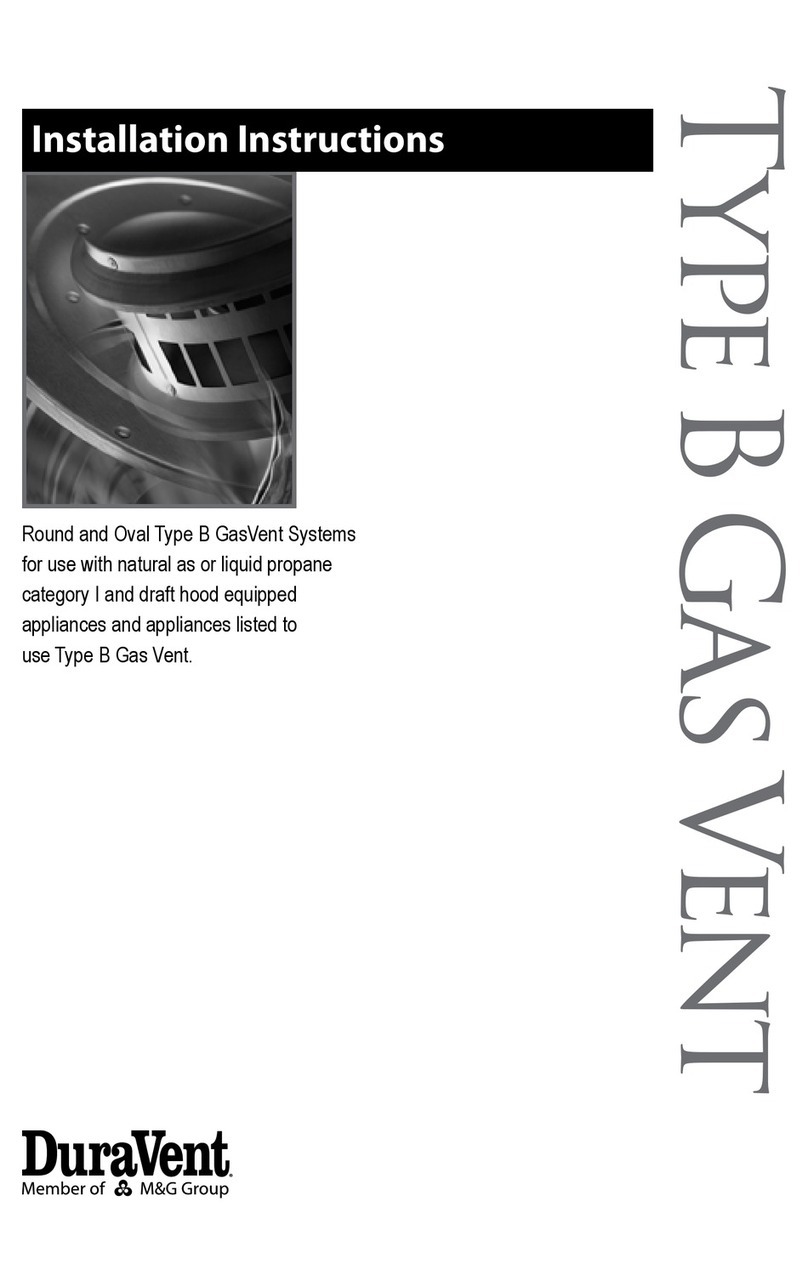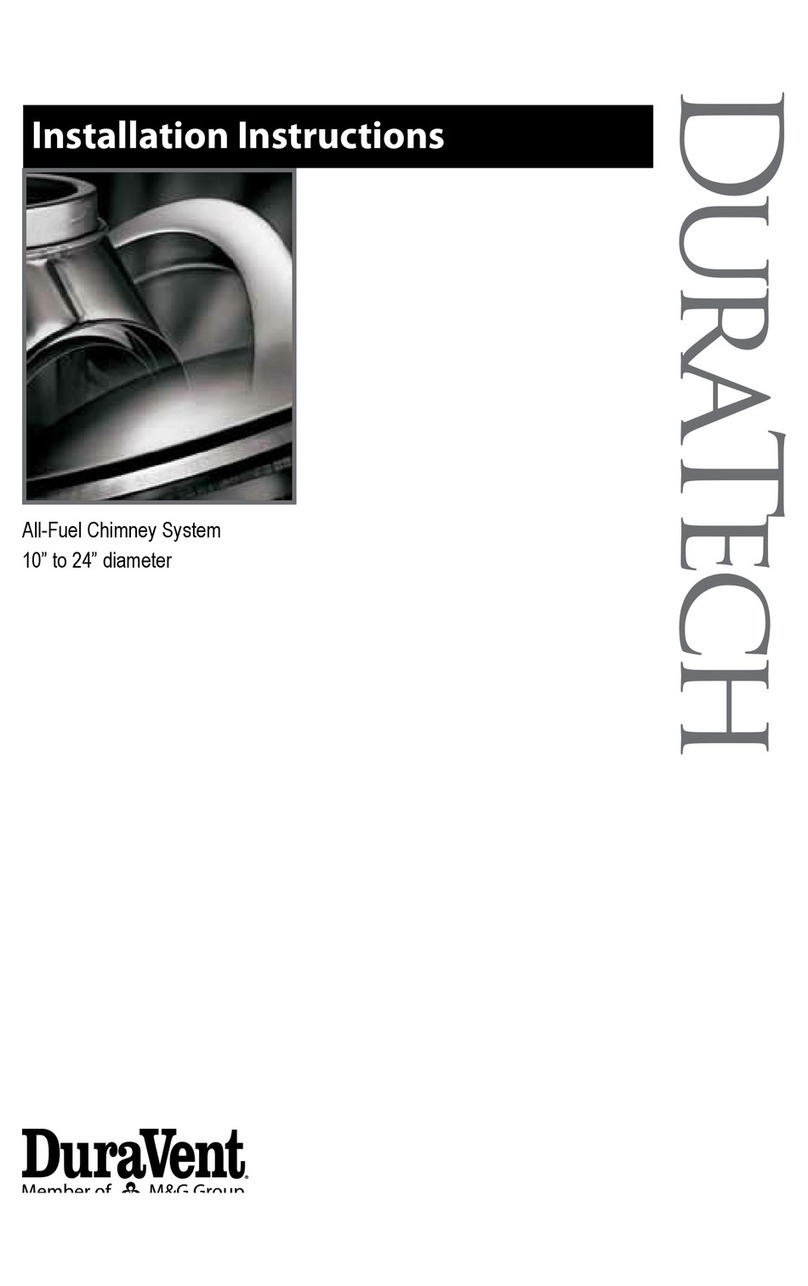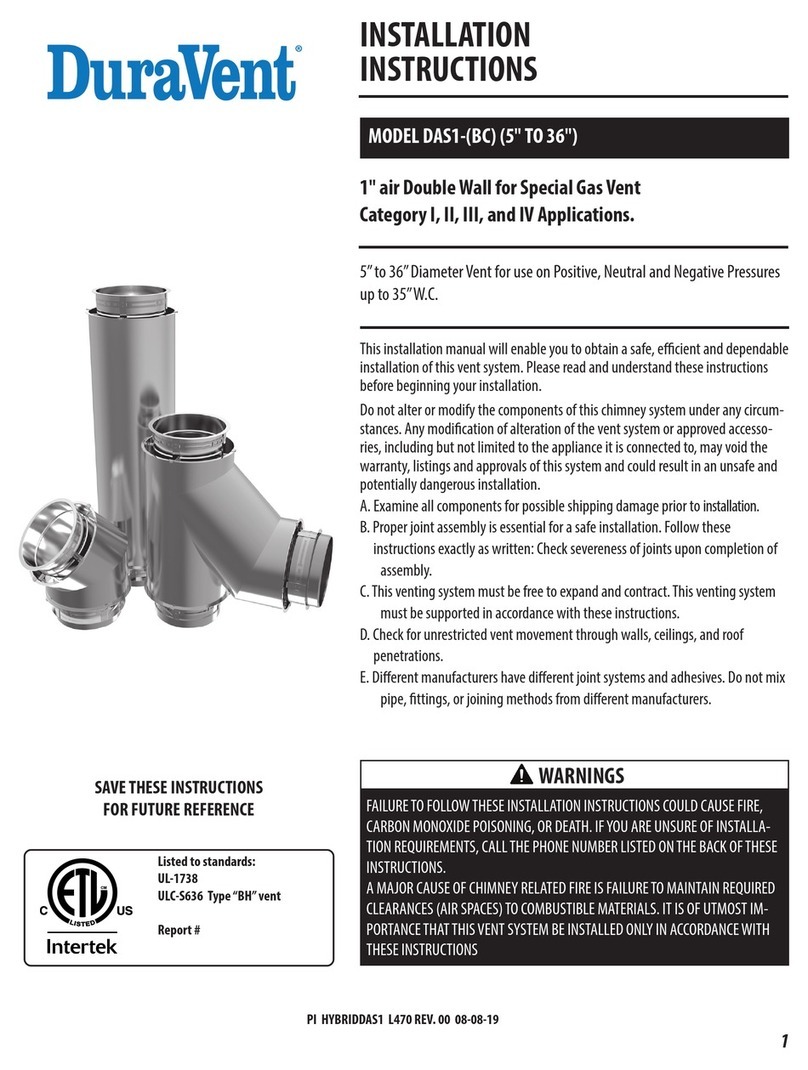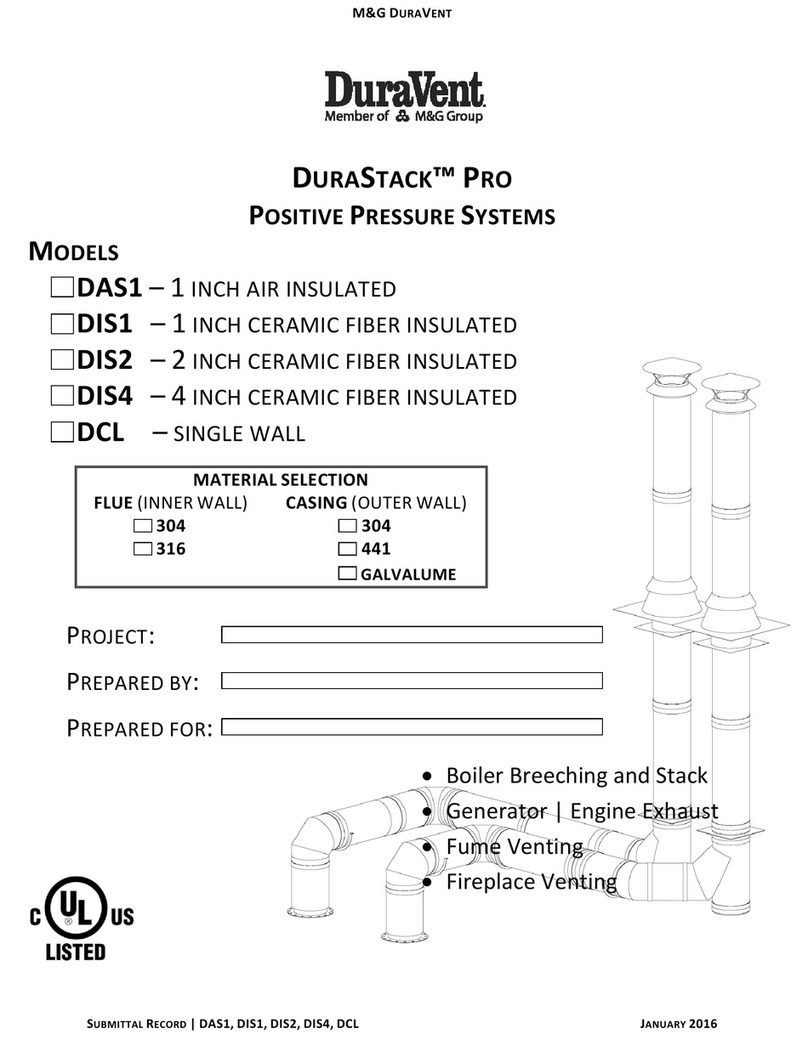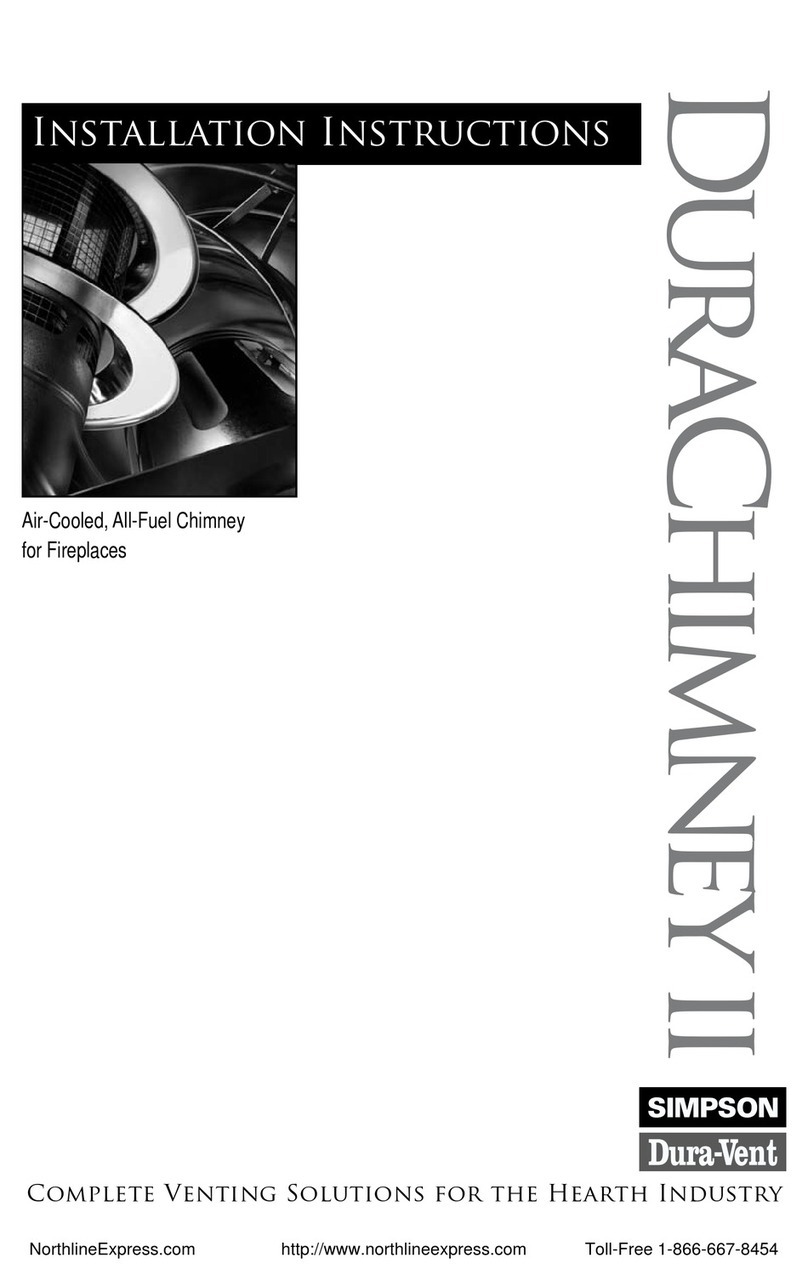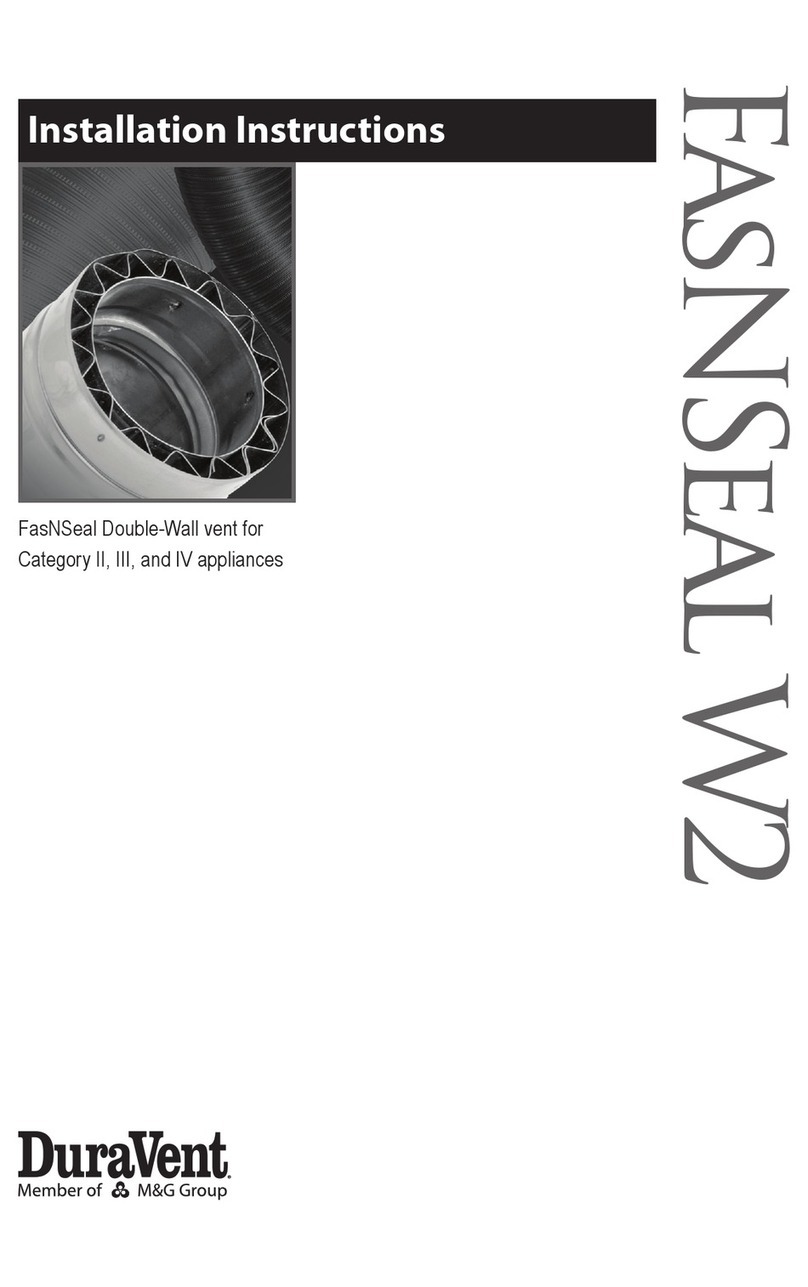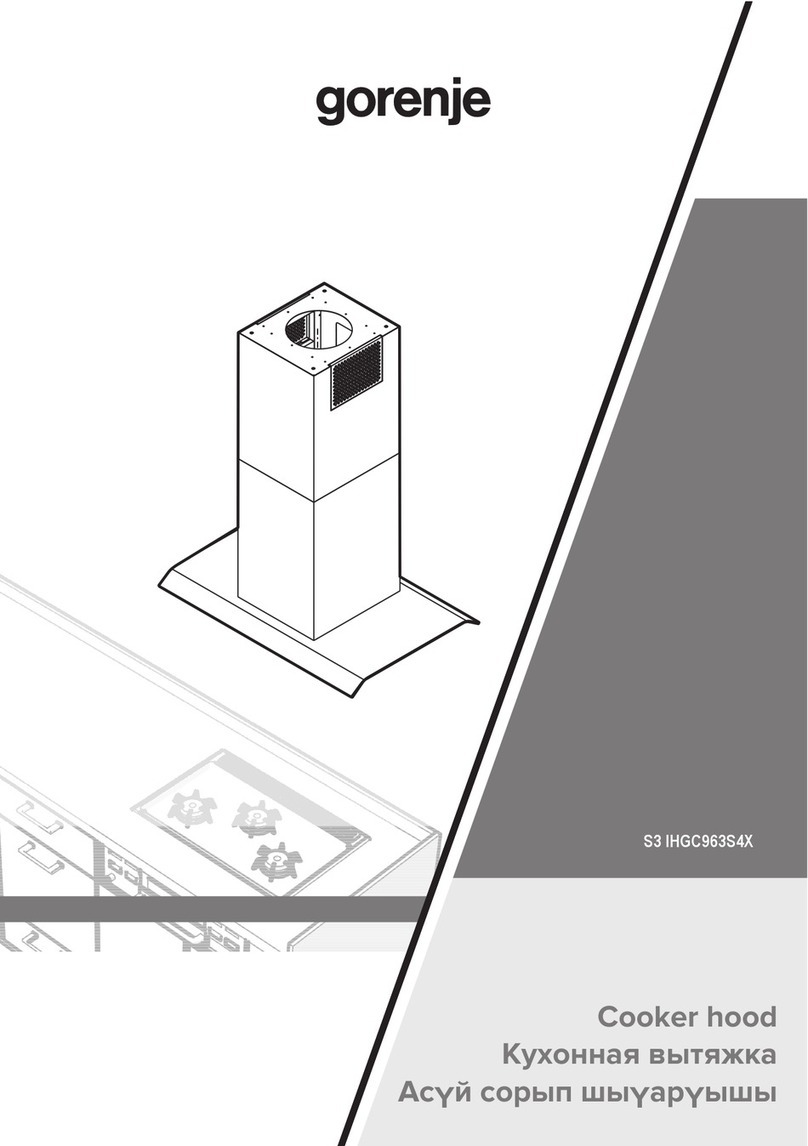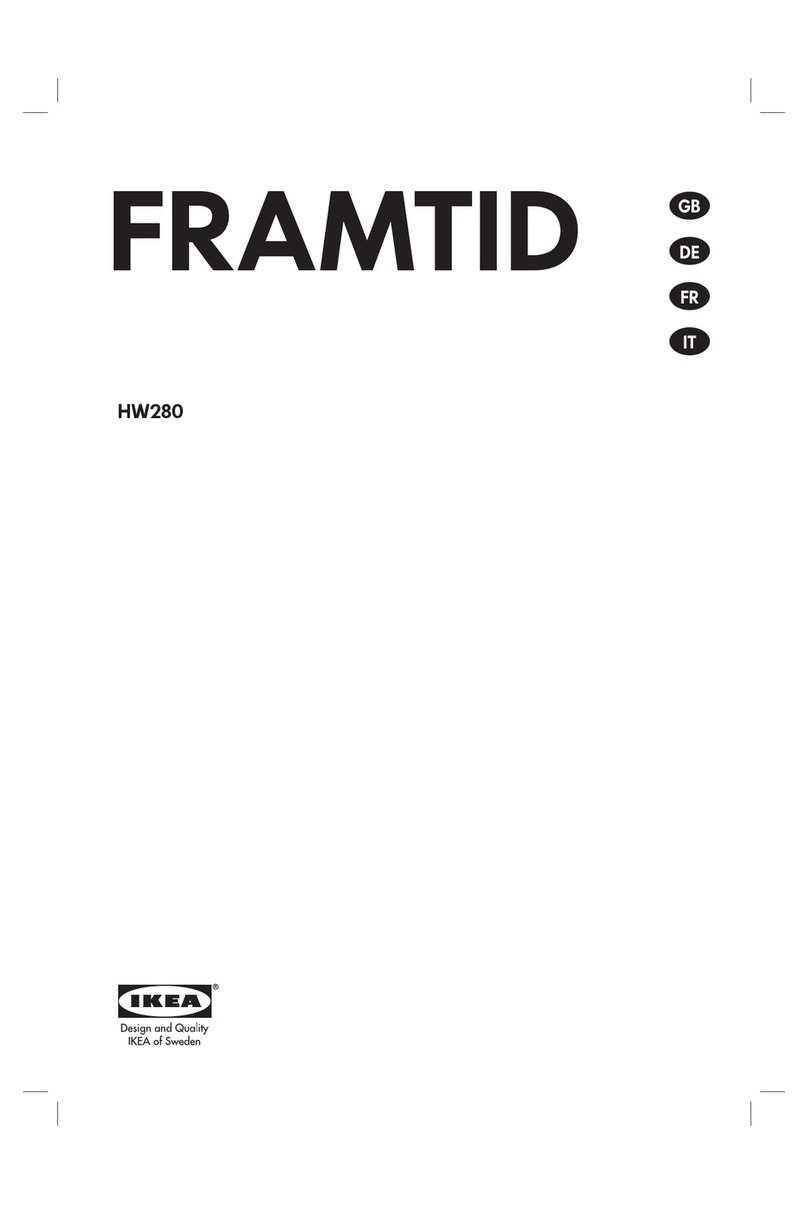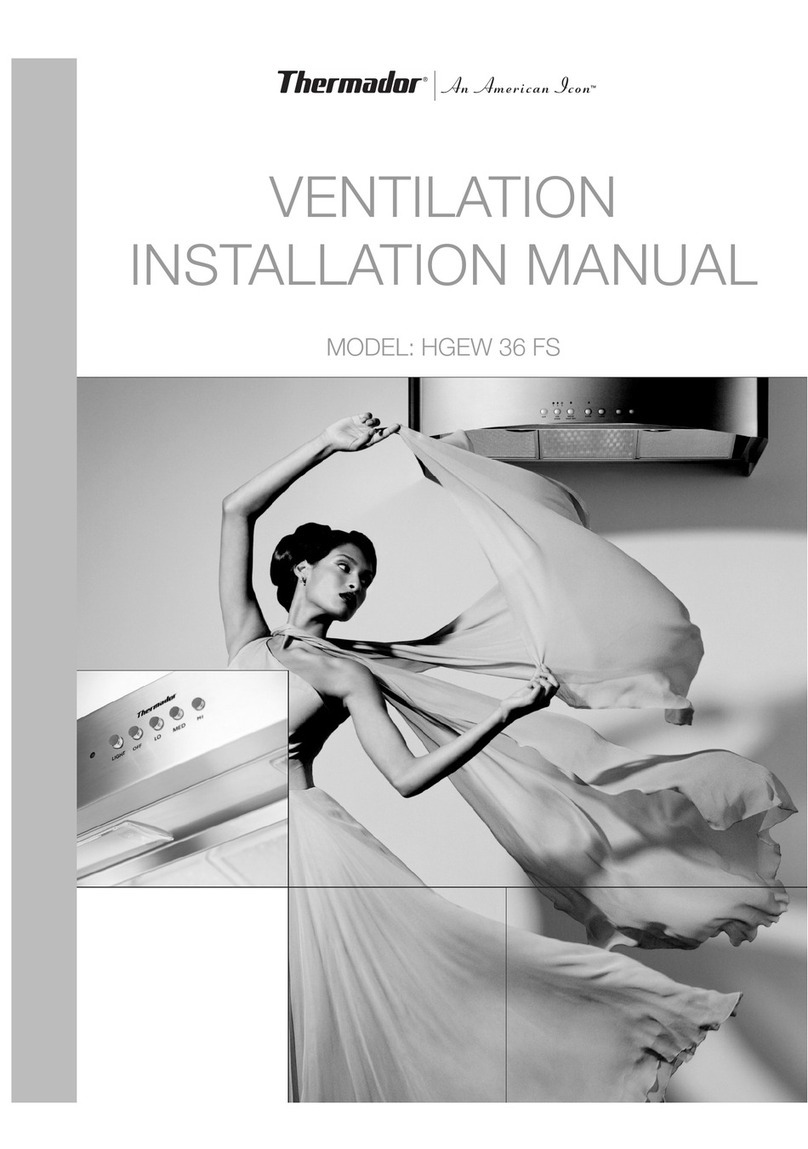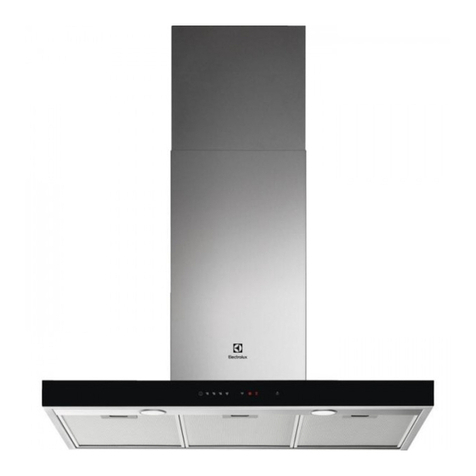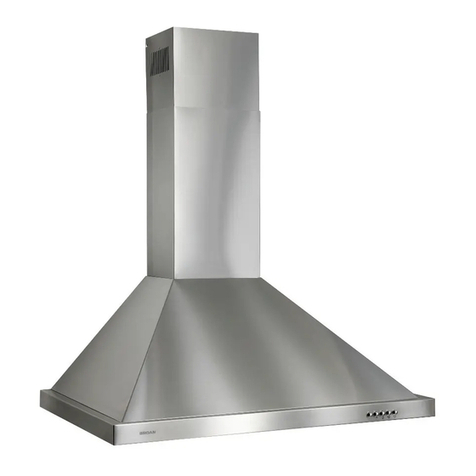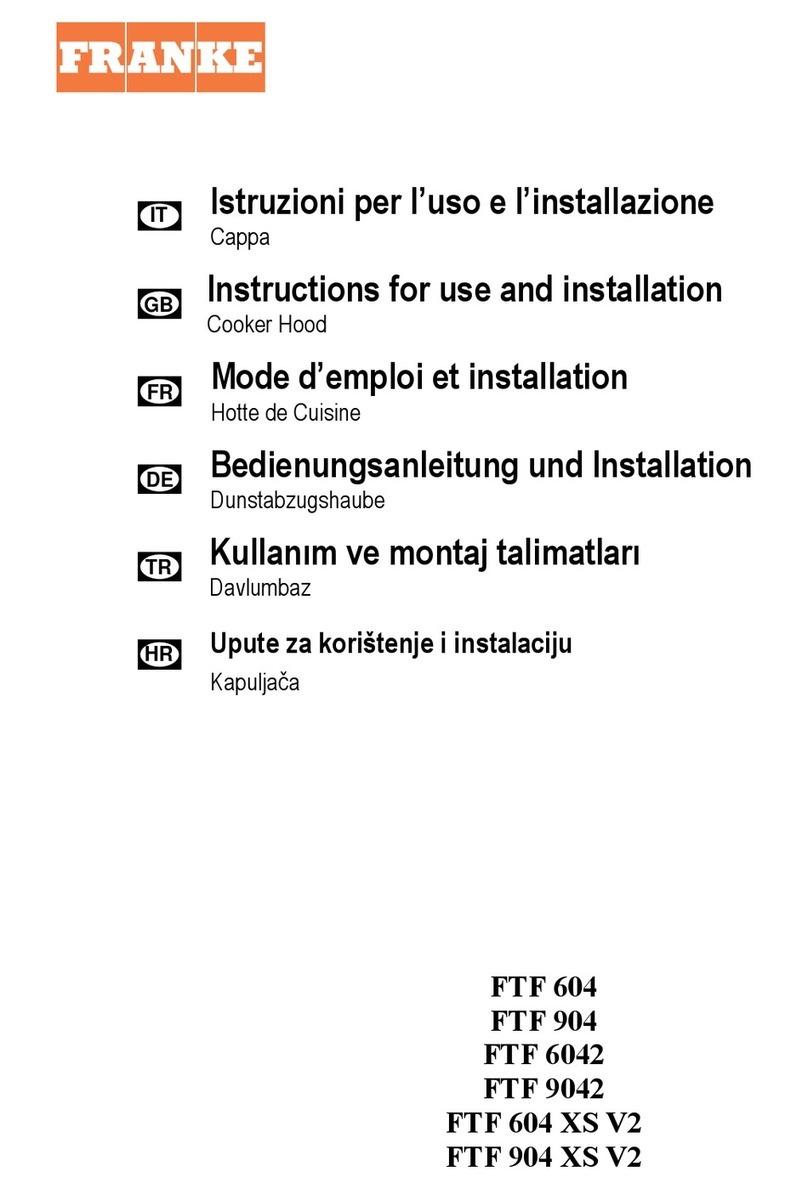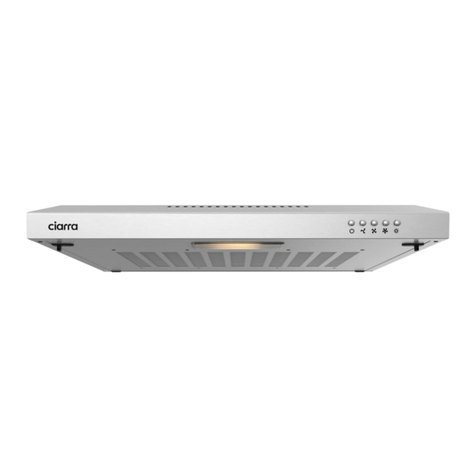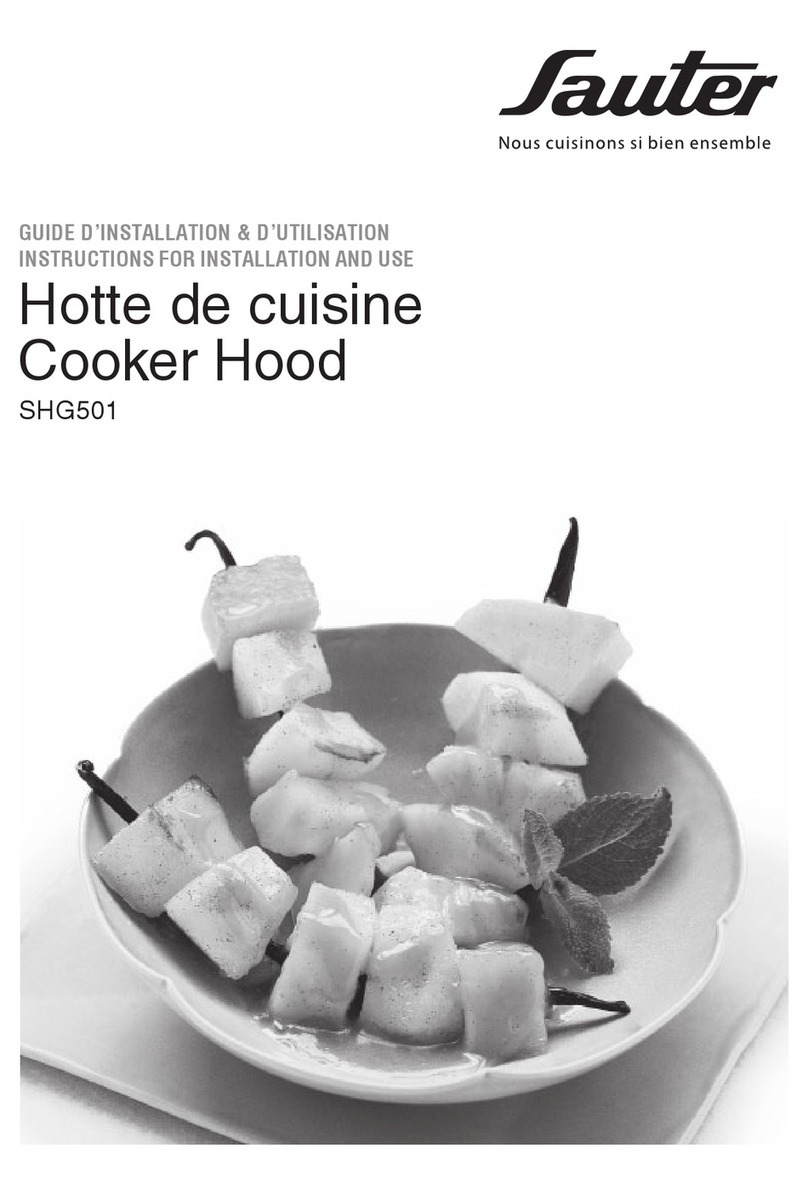
4
CLEARANCES
Always allow at least a 2-inch clearance
between DuraTech Chimney Pipe and any
combustible materials. Never ll any required
clearance space with insulation or any other
materials. Combustible materials include
lumber, plywood, sheetrock, plaster and lath,
furniture, curtains, electrical wiring and building
insulation. Keep single wall stovepipe at least
18 inches away from combustible materials,
unless a clearance reduction system that is
acceptable to the authority having jurisdiction
is used, or the appliance to be installed is
listed and the instructions specify a different
clearance.
PERMITS
Contact your local Building Ofcial or Fire
Ofcial regarding permits, restrictions, and
installation inspections in your area.
DURATECH CHIMNEY
APPLICATIONS
DuraTech Chimney is a complete chimney
system tested and listed to UL 103 HT for the
United States, and ULC S604 in Canada. In
the U.S., DuraTech Chimney can be used with
wood stoves, replaces, reboxes, furnaces,
boilers, water heaters, stoves, ranges, or
other residential-type appliances fueled by oil,
gas, coal, or wood, that require a UL103 HT
chimney system. In Canada, DuraTech can
be used with oil & gas red appliances listed
for use with a Type A Chimney, in accordance
with ULC S604 . DuraTech is also listed for use
in Canada with some factory-built replaces;
check with your replace manufacturer.
Otherwise, DuraTech has not been approved
for use with solid fuel appliances in Canada.
DuraTech Chimney is available in 5”, 6”, 7” &
8” diameters (UL 103 HT Rated), as well as
10”, 12”, 14” & 16” diameters (UL 103 Rated).
Do not use with forced draft, positive-pressure
appliances. The DuraTech Chimney system
may have a maximum of two (2) offsets (four
elbows total) of 30° from vertical. DuraTech
Chimney is listed under UL Re-examination
Service Number MH7399.
EQUIPMENT & MATERIALS
Hammer Drill
Caulking Gun Plumb Bob
Screwdrivers Tin Snips
(Phillips & Standard)
Saber or Keyhole Saw Level
Dependable Ladder Tape Measure
Proper Gloves and Shoes Eye Protection
Materials You May Need:
500ºF RTV Silicone Sealant
8 Penny Nails
#8, 2-1/2” & 1-1/2” Wood Screws
Roong Nails
INSTALLATION NOTES
Proper planning for your DuraTech Chimney
installation will result in greater safety,
efciency, and convenience, as well as
saving time and money. You must use
only authorized DuraTech Chimney parts
to maintain a listed Chimney system (not
including the connector pipe). Do not mix
parts or try to match with other products,
or use improvised solutions. Do not install
damaged or modied parts. Table 1 lists the
authorized DuraTech Chimney components.
Practice good workmanship. Sloppy work
could jeopardize your chimney’s safety. Keep
electrical wiring and insulation away from all
chimneys and stovepipes. If you have any
questions, be sure to contact either your dealer
or DuraVent directly.
